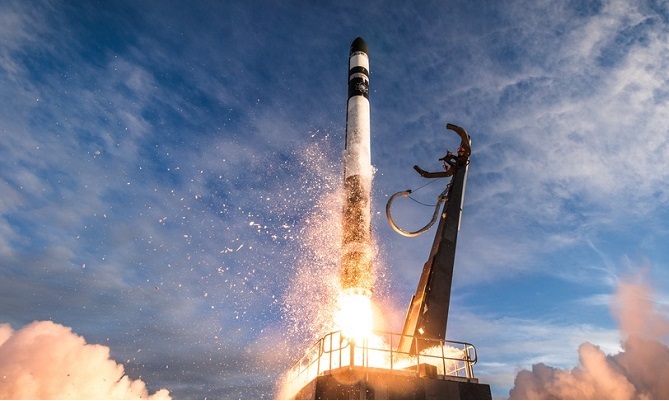
It takes a lot of thrust to get our business off the ground but once we start moving, we get a lot of momentum. When we hit orbit, we don’t need as much power to continue. — Alex Frank
Xperience partner Alex Frank from Houston, Texas attended the celebration of the 50th Anniversary of the Moon Landing. As Alex reflected on the “xperience” he realized it ties to his business and an Xperience program currently in session, Orbit. On this Friday’s Partner Call, Xperience CEO Chris Suarez interviewed Alex about the event.
Alex has had a lifelong fascination with space and the anniversary celebration was a once-in-a-lifetime opportunity. It is mind boggling to think of what a garganciute effort it was to put a man on the moon and that when President Kennedy said the United States would do it, the path to get there was unknown. The vision and the logistics of coordinating 400,000 to 500,000 team members across the globe provide many valuable leadership lessons.
The rockets at that time weighed between 6 and 6.5 MILLION pounds. To propel the rocket, it took 7.5 MILLION pounds of thrust. As the countdown began, the engines did not turn on until the last four seconds before lift off. That means that 7.5 MILLION pounds of thrust were powered EACH of those four seconds.
The rocket’s climb to orbit was slow. Then, once in orbit, another engine fires and the rocket was propelled at 2,500 miles per hour to get to the next orbit.
Alex said, this is just like business. To get to 100 transactions, you need a LOT of thrust. To get to 200 transactions, you are going to need a little extra thrust.
“It takes a lot of thrust to get our business off the ground but once we start moving, we get a lot of momentum. When we hit orbit, we don’t need as much power to continue,” Alex concluded.
